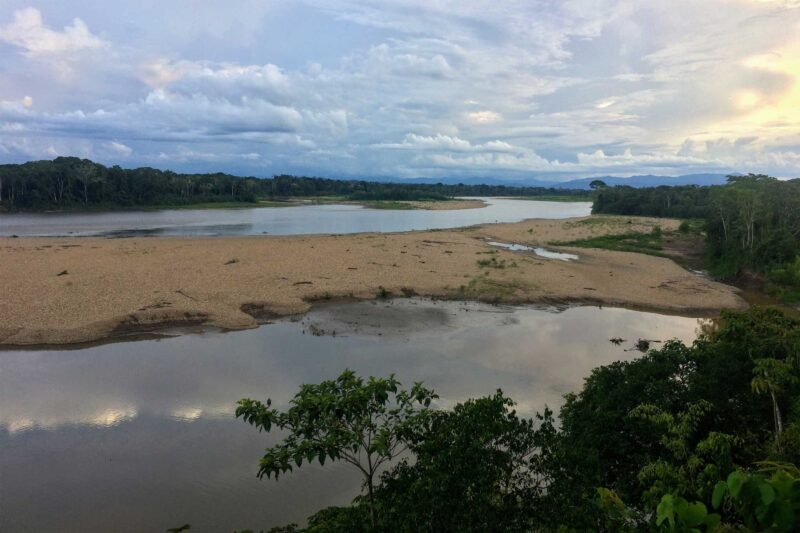2019 has had more than its fair share of bad news about the climate and environment but amongst the negative headlines there has been some good news for wildlife and the benefits of wildlife tourism.
Here’s our pick of some of the best stories:
Bengal Tigers
In July we received heart-warming news from India that tiger numbers have increased from 2,226 in 2014 to a grand total of 2,967 in 2018, so that figure should have easily surpassed the 3,000 mark by the time you read this. This dramatic rise over just four years is a remarkable testament to the hard work undertaken by Indian and international conservationists as well the benefits accruing from tiger tourism, without which the funding for their efforts would be much reduced and far less effective. As well as the direct effect of the park fees, tiger tourism also generates much-needed income for the local rangers, guides and lodge staff so encouraging local opposition towards the poaching and poisoning of tigers.

Mountain Gorillas
On 18 December we received news that mountain gorilla numbers in Uganda’s Bwindi Impenetrable National Park and Sarambwe Reserve in neighbouring DR Congo have risen from around 400 in 2011 to a current figure of 459. Combined with the 2016 survey from the Virunga Massif in Rwanda and Uganda of 604, the world population of mountain gorillas now stands at an impressive 1,063. This has led to this species being downgraded from ‘critically endangered’ to ‘endangered’ on the IUCN Red List. A small but important step towards the species survival. Gorilla watching is one of the most expensive wildlife activities in the world (the permits in Rwanda are now USD $1500 a day) with the vast majority of this money directly protecting the park and paying the salaries of local trackers, rangers and park guards. This is great news and a shining example of how tourism can benefit wildlife conservation in a significant way.

Humpback Whales
In October 2019, the Royal Society Open Science journal reported that the western South Atlantic humpback whale population has grown from around 450 in the 1950s to a very healthy 25,000 whales today. Astonishingly, researchers believe that this current figure is close to pre-whaling numbers. The ban on commercial hunting has undoubtedly contributed greatly to this welcome increase. Perhaps equally important has been the rise in wildlife tourism which has enabled former whaling communities to switch from hunting to whale watching for their income, thereby increasing the sustainability for both whales and straightened coastal communities. The fact that so many whales were also seen in UK waters in 2019 is testament to the recovery of whale populations around the world.

Indian One-Horned Rhinoceros
The greater one-horned rhino is a conservation success, with numbers increasing significantly since 1975. Back then there were only 600 rhinos left in the wild. After decades of successful efforts, the species increased to 3,500 in India and Nepal by mid-2015 and the population is certainly even more today. The one-horned rhino is now the most numerous of the three Asian rhino species. Even so, the species faces the ever-present threat of poaching for its horn and continuing habitat loss. Tourism to Assam’s Kaziranga National Park has provided the majority of funds for hiring of rangers and other infrastructure to help police the park. Even having the many visitor jeeps on the ground presents a disincentive to those who would kill these gentle beasts for their body parts.

What You Can Do
Flying undeniably contributes to global warming and climate change. However, by choosing to take a wildlife holiday you are directly conserving some of the world’s most threatened ecosystems. Your park fees pay the salaries of rangers, trackers and park guards; and the tourist infrastructure of lodges, vehicles and guides brings much needed jobs and income to some of the world’s poorest regions. These combined factors mean that these forests are often more valuable being kept alive for tourism than being logged, hunted or converted to farmland.
Apart from the benefits for wildlife that such tourism brings, you can also offset the greenhouse gases involved in flying by helping plant trees. Reef & Rainforest are keen supporters of the Madagascar Biodiversity Partnership, which runs an exemplary tree-planting project at Kianjavato, and we invite our clients (and everyone else) to support them to encourage rainforest regeneration and help offset their carbon footprint.











